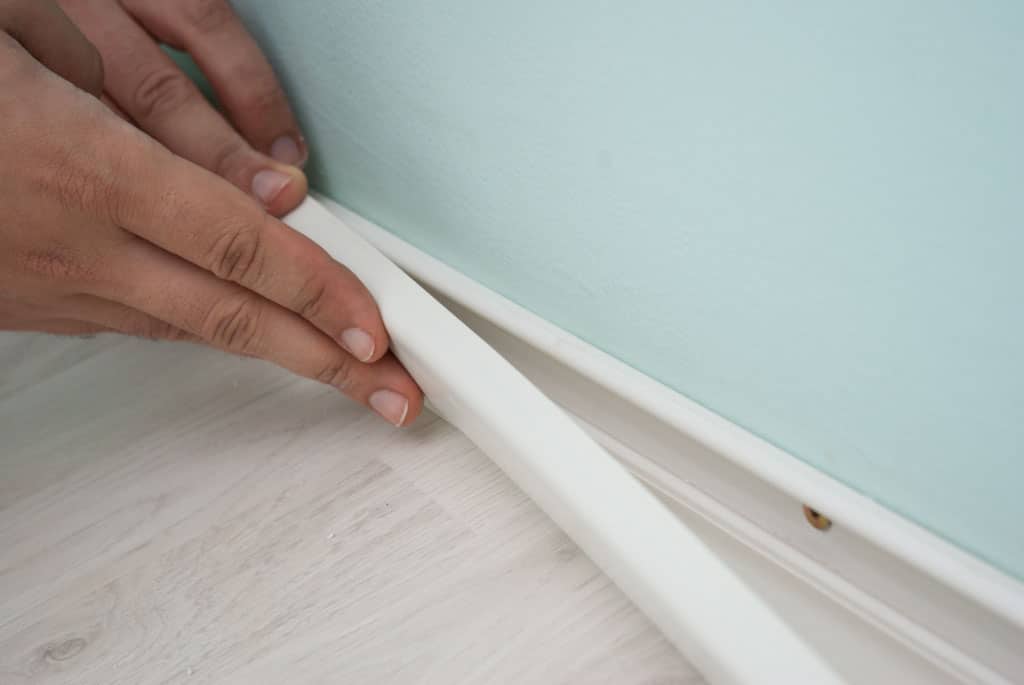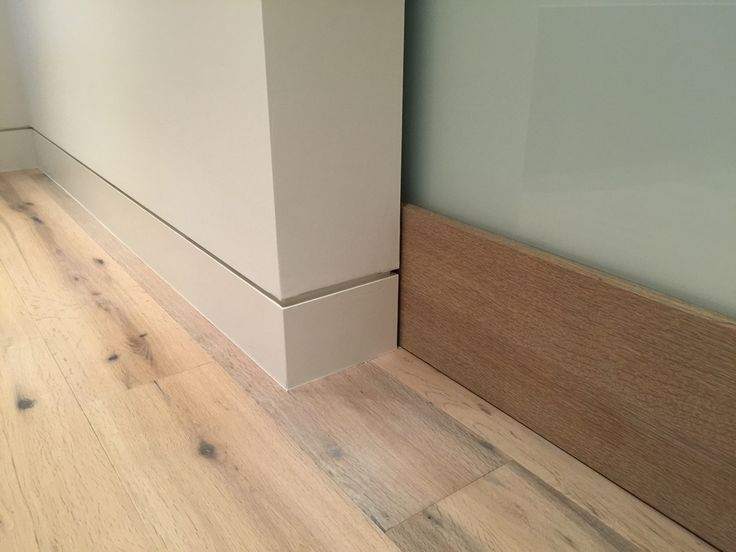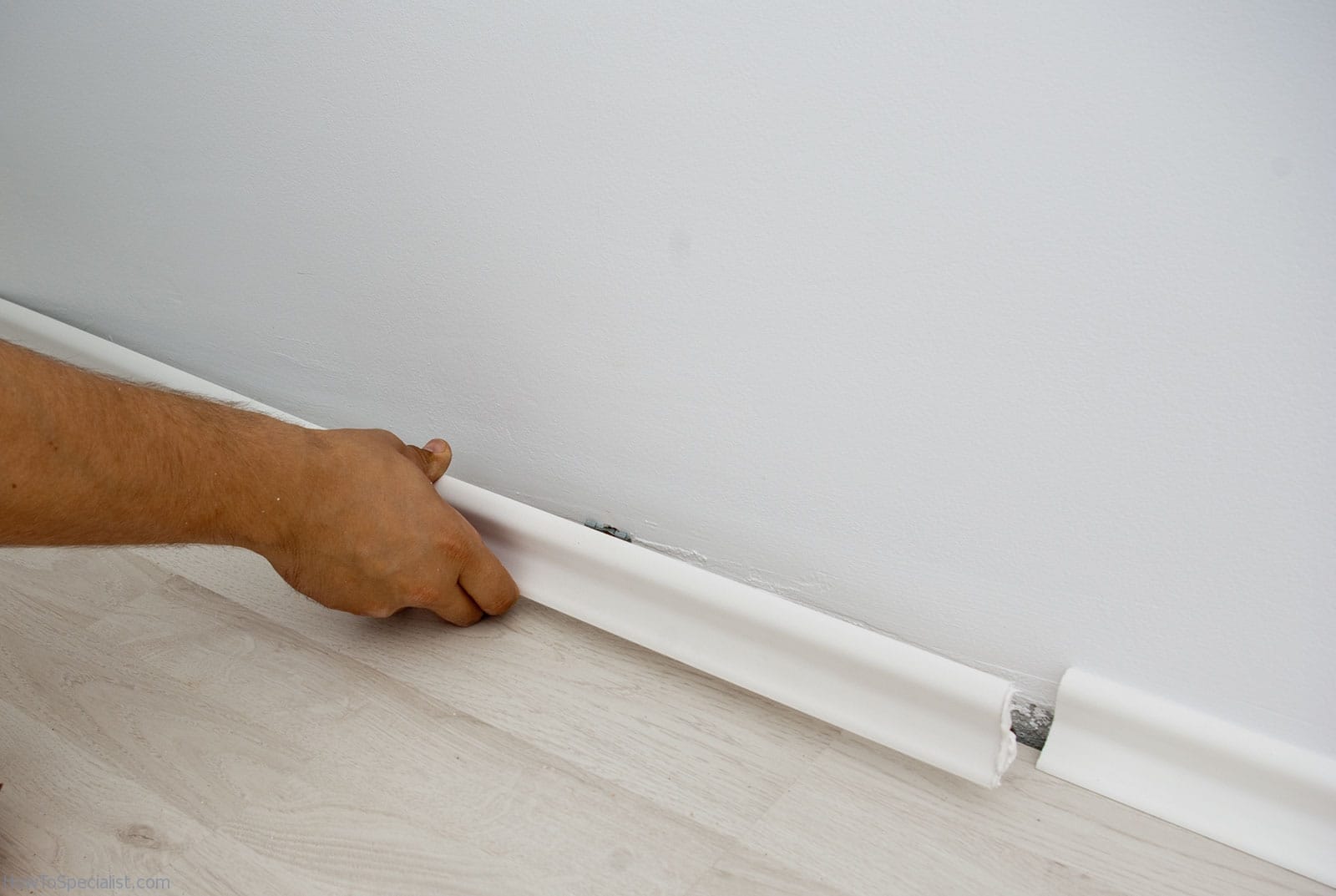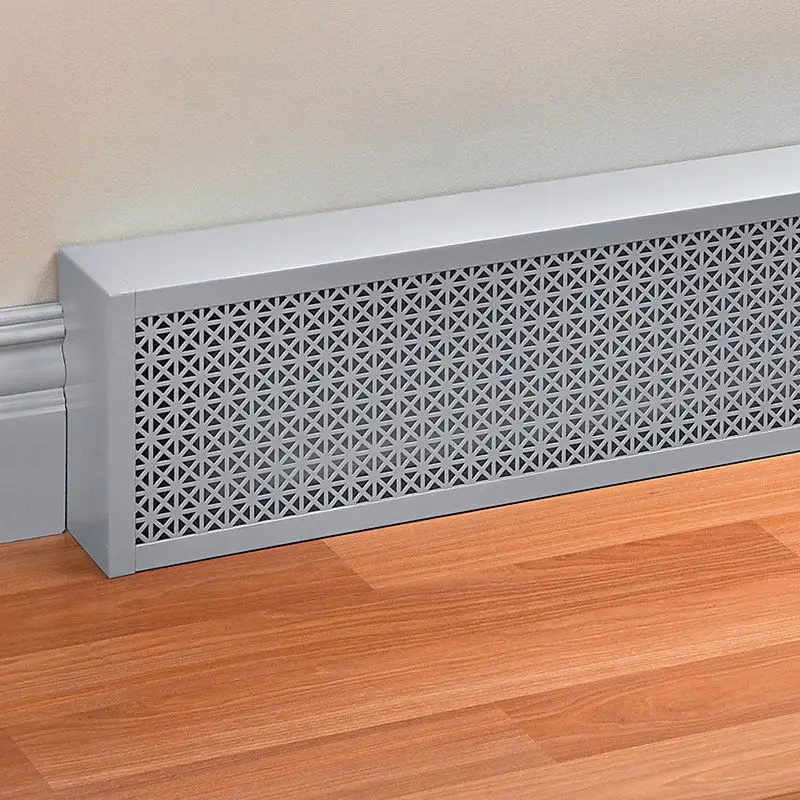What Is Finger Joint Baseboard
Introduction
What Is Finger Joint Baseboard: Finger joint baseboard is a type of baseboard molding that is commonly used in homes and commercial buildings. It is a popular choice for its durability, versatility, and aesthetic appeal. This type of baseboard is made by joining shorter pieces of wood together using a finger joint, which creates a strong and seamless connection.
The finger joint is a type of joint that is commonly used in woodworking to join two pieces of wood together. It is called a finger joint because the interlocking pieces resemble the fingers of a hand when they are joined together. This type of joint is known for its strength and stability, making it an ideal choice for baseboard molding.
Finger joint baseboard is available in a variety of styles and finishes, making it easy to find a design that complements any interior decor. It can be painted or stained to match the color scheme of a room, or left unfinished for a more natural look. The versatility of finger joint painting baseboard makes it a popular choice for both traditional and contemporary homes.
In addition to its aesthetic appeal, finger joint baseboard is also known for its durability. The finger joint connection creates a strong bond between the pieces of wood, making it resistant to warping, cracking, and splitting. This type of baseboard is designed to withstand the wear and tear of everyday use, making it a long-lasting and cost-effective choice for homeowners and builders.

Is finger-jointed trim good?
The cut with finger joints costs less. Putting together shorter pieces of wood saves money and reduces waste. It costs less than wood to use finger-jointed trim. Trim with solid finger joints works. Fitting fingers keep the trim from breaking or twisting. Frequent changes in temperature and humidity can hurt wood furniture. Finger-jointed trim is easy to install and keep up because it doesn’t bend or twist.
It might be hard to trim with finger joints. Checks out the joints. Even if designers hide joints, a close look may show them. This might not work for smooth, natural trims. Finger-jointed trim might break more often than wood trim.
Trim with finger joints is cheap and strong. It’s not expensive, strong, and can’t break. If you want everything to look the same or last a long time, you might not like this. You should use finger-jointed trim based on your job needs and your own personal preference.
What is a finger joint used for?
Finger-joints combine short wood pieces to make longer ones. Multiple meshing wedges or “fingers” of wood in two neighboring sections are held together with structural adhesives. Both structural and non-structural items use finger-joined lumber.
Woodworking uses finger joints, also called box joints, to unite two pieces of wood. The interlocking sections resemble hand fingers when combined, hence the name finger joint. The interlocking fingers give adhesive a broad surface area for a solid bond. Finger joints are suitable for attaching heavy wood elements like table legs and cabinet frames.
Finger joints are strong and attractive. Interlocking fingers produce a captivating pattern that can decorate furniture or carpentry projects. Finger joints are famous for obvious joints in the finished product.
Many instruments and methods can manufacture finger joints. They were traditionally sawn and chiseled by hand. Modern woodworking tools like table saws and routers can speed up and improve finger joint creation. Woodworkers use finger joints to unite two pieces of wood. It connects securely, making it suitable for furniture and other woodworking tasks. Finger joints also provide decoration to the object.
Is finger joint base better than MDF?
Finger-jointed wood is best for timber molding profiles. Intrim suggests factory pre-primed MDF for budget reasons to seal the entire surface and provide the highest moisture absorption protection.
Many materials are available for furniture and woodworking projects. Finger joint base and MDF are common. The base is sturdy and warp- and split-resistant. Finger joint base is popular for furniture and cabinetry due to its stability and strength.
MDF, meanwhile, is manufactured by compressing wood fibers with glue and wax. Its smooth, homogeneous surface makes painting and finishing easy. MDF costs less than finger joint foundation, making it a cheaper option for many.
Finger joint base’s warmth and natural beauty make it better than MDF. Real wood provides finger joint base a unique, realistic look. It adds beauty to any project when stained or painted to highlight its grain and color.
Another benefit of finger joint base is durability. The interlocking fingers provide a warp- and split-resistant connection. Finger joint bases are ideal for heavy-duty furniture and cabinetry.
Can I use finger joint board as baseboard?
The most frequent joint used to construct lengthy pieces of lumber from solid boards is a tapered or scarfed finger joint. The finger joint is useful for baseboards, molding, trim, floor boards, and door construction.
You can use finger joint board as a baseboard. The finger joint board is an engineered wood product manufactured by combining tiny pieces of wood using finger joints. Its strength and stability make it popular in building and woodworking.
Finger joint board makes a great baseboard since it doesn’t warp, crack, or split. It goes with any decor and is easy to cut, shape, and paint. Finger joint board is cheaper than solid wood baseboard, making it a good choice for homeowners and builders.
Using finger joint board as baseboard requires correct preparation and installation. By measuring the wall length where the baseboard will go, cut the finger joint board to size. Next, apply a tiny amount of adhesive to the board’s back and press it against the wall. Install the baseboard with finishing nails or screws, countersinking them for a smooth surface.
After installation, the finger joint board baseboard can be painted or stained to complement the decor. This will improve the space’s aesthetics and unify it. To keep it looking good, clean and maintain the baseboard often.
Finger joint board makes a good baseboard. Homeowners and contractors like its strength, longevity, and affordability. Finger joint board baseboard may add beauty and utility to any space if properly prepared and installed.
Which baseboards are best?
Oak and maple make good stained baseboards. Hardwoods stain and varnish better than jointed pine and MDF but cost more. The durability of wooden baseboards makes them appealing. Choosing baseboards for your home includes many factors. Baseboards cover the wall-floor gap and decorate. So many baseboard options make it hard to pick.
Baseboard material matters. Each chemical has perks and downsides. Although pricey, wood baseboards are durable and elegant. MDF baseboards are cheap and easy to install, but they may not last as long as wood. Bathrooms and kitchens like waterproof, low-maintenance PVC baseboards.
Also important is baseboard style. Colonial, modern, and traditional baseboards exist. Traditional wooden baseboards include intricate designs. Modern baseboards compliment modern rooms with their simplicity. Higher baseboards balance high ceilings and provide beauty. Smaller spaces and lower ceilings may benefit from shorter baseboards. Room size should determine baseboard width. Smaller rooms may need narrower baseboards, whereas larger ones large ones.
Finally, baseboard maintenance and cost. This makes the baseboard look uniform and less likely to split. Due to its longevity, affordability, and aesthetics, finger joint baseboard is popular in homes and businesses. Covering wall-floor gaps cleans and polishes wall bottoms.
Can you explain the purpose of finger joint baseboard?
Finger joint baseboard serves as a decorative and functional element in interior design. Its primary purpose is to cover the joint between the wall and the floor, providing a clean and finished look to any room. By concealing the gap, finger joint baseboard creates a seamless transition between the two surfaces, enhancing the overall aesthetic appeal of the space.
In addition to its visual appeal, finger joint baseboard also serves a practical purpose. It helps protect the bottom of the wall from damage caused by furniture, vacuum cleaners, or accidental impacts. The baseboard acts as a barrier, preventing scratches, dents, and scuff marks on the wall, thus extending its lifespan and reducing maintenance costs.
What are the advantages of using finger joint baseboard?
Finger joint baseboard is a type of baseboard molding that is made by joining smaller pieces of wood together using interlocking finger joints. These joints create a strong and seamless connection between the pieces, resulting in a durable and long-lasting baseboard. The use of finger joints also allows for the utilization of smaller pieces of wood, making it a more sustainable and cost-effective option compared to solid wood baseboards.
One of the main advantages of using finger joint baseboard is its resistance to warping and shrinking. The interlocking finger joints provide stability and prevent the baseboard from expanding or contracting with changes in temperature and humidity. This makes finger joint baseboard an ideal choice for areas with fluctuating environmental conditions, such as bathrooms or kitchens.
Another advantage of finger joint baseboard is its versatility in design. The interlocking finger joints create a seamless appearance, giving the baseboard a clean and polished look. This makes it suitable for various interior styles and allows for easy integration with different types of flooring and wall finishes. Additionally, finger joint baseboard is available in a wide range of sizes, profiles, and finishes, providing flexibility in achieving the desired aesthetic.
Are there any specific applications or industries where finger joint baseboard is commonly used?
Another industry where finger joint baseboard is commonly used is the furniture industry. It is often used as a decorative element for cabinets, shelves, and other furniture pieces. The finger joint construction of the baseboard ensures its strength and stability, making it a reliable choice for furniture manufacturers.
In addition to these industries, finger joint baseboard is also commonly used in residential and commercial buildings. It is a popular choice for homeowners and contractors alike, as it is cost-effective and easy to install. Whether it is for a new construction project or a renovation, finger joint baseboard can enhance the overall appearance of any space.
Can you provide any tips or recommendations for installing finger joint baseboard?
Following a few steps can make installing finger joint baseboard easy. To achieve a perfect fit, measure and cut the baseboard first. Make clean, precise cuts with a miter saw or coping saw, and double-check your measurements before cutting.
To get the desired finish, paint or stain the baseboard before installing it. This will preserve the baseboard from moisture and abrasion and improve its appearance. Before installing, let the baseboard adjust to the room’s temperature and humidity for 48 hours.
Start mounting the baseboard by applying a tiny bead of construction glue to the back. This will keep it on the wall and prevent movement. Check the baseboard’s levelness before nailing it. The baseboard should be attached to the wall with finishing nails or brad nails every 16 inches.

Conclusion
One of the main advantages of finger joint baseboard is its ability to resist warping and shrinking. The finger jointed connection creates a tight bond between the pieces of wood, preventing them from moving or shifting over time. This means that the baseboard will maintain its shape and appearance, even in high humidity or temperature fluctuations. Additionally, finger joint baseboard is less likely to crack or split, making it a long-lasting option for any space.
Another benefit of finger joint baseboard is its versatility in design. The finger joint connection is virtually invisible once the baseboard is installed, creating a seamless and professional look. This allows homeowners and designers to choose from a wide range of finishes and styles, knowing that the baseboard will blend seamlessly with the rest of the room. Whether you prefer a traditional or modern aesthetic, finger joint baseboard can be customized to suit your needs.
Finger joint baseboard is a durable and versatile option for any space. Its ability to resist warping and shrinking, along with its seamless design, make it a popular choice among homeowners and contractors. Whether you are renovating your home or building a new space, finger joint baseboard is worth considering for its long-lasting quality and aesthetic appeal.








